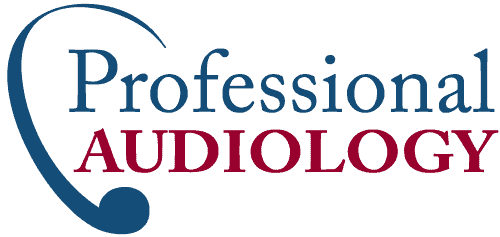Earwax, or cerumen, is a natural substance produced in the ear canal. It is made up of secretions from sebaceous glands and sweat glands, along with dead skin cells, hair, and other debris. Although it may seem unappealing, earwax serves many important functions.
How Earwax Protects the Ears
One of the primary roles of earwax is protection. It acts as a physical barrier against dust, dirt, and other harmful particles that could enter and damage the delicate structures inside the ear.
Earwax is sticky, which helps trap dust and other particles, preventing them from reaching the eardrum. This is particularly helpful in environments with high levels of dust or pollutants.
Another important role of earwax is its antimicrobial properties. The waxy substance contains enzymes and proteins that prevent bacterial and fungal infections by inhibiting the growth of these harmful microorganisms.
How Earwax Aids in Cleaning the Ears
Earwax also plays a role in cleaning the ear canal. As earwax is produced, it captures dead skin cells and other debris. Then, through natural jaw movements like chewing and talking, the earwax is pushed outward, carrying the trapped debris with it.
In addition to cleaning, earwax provides natural lubrication for the ear canal. This lubrication is essential for preventing dry and itchy ears. It ensures that the skin inside the ear remains soft and pliable.
Should Earwax Be Removed?
Given its protective and cleaning roles, earwax should not always be removed. In many cases, the ear self-regulates the amount of earwax present, naturally expelling the excess. However, certain situations may require intervention.
Sometimes, earwax can accumulate and become impacted, leading to discomfort or hearing loss. Factors contributing to earwax buildup include using hearing aids or earbuds, which can push the earwax deeper into the ear canal, and narrow or uniquely shaped ear canals that impede wax expulsion.
Conclusion
Earwax may seem insignificant, but it is vital to ear health. It protects against dirt and infections, aids in cleaning, and prevents dryness. Understanding its functions helps us appreciate why maintaining the natural balance of earwax is essential. When earwax becomes problematic, relying on hearing health professionals ensures the ears remain healthy and functional.





